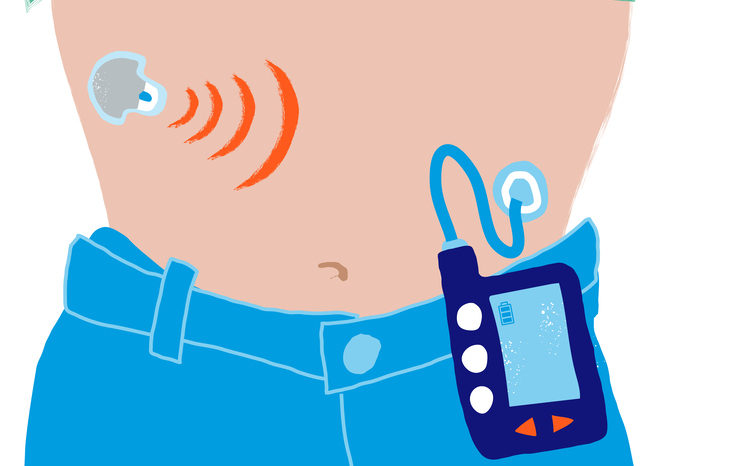QoF closes a deprivation gap
- 24 November 2008
The gap between the least and most deprived areas of England for blood pressure monitoring and control has almost disappeared since the introduction of the Quality and Outcomes Framework, according to new research.
A paper published in the British Medical Journal shows that the achievement of blood pressure targets in a range of conditions, including diabetes, coronary heart disease, hypertension and chronic kidney disease, have all improved markedly since the launch of the QoF in 2004.
Improvements have been accompanied by “the near disappearance” of the achievement gap between the least and most deprived areas, according to the research team from the department of general practice and primary care at King’s College London.
The researchers found that the percentage of patients with diabetes who met the blood pressure target increased from 71% in 2005 to 78.6% three years later in the least deprived practices, and from 68.9% in 2005 to 79.2% in 2008 in the most deprived areas.
On CHD, practices in the least deprived areas were achieving blood pressure targets in 85.11% of patients in 2005 and 89.4% in 2008. In the most deprived areas, achievement of blood pressure targets for CHD rose from 81.8% in 2005 to 88.4% three years later.
In an accompanying editorial, Helen Lester, professor of primary care at Manchester University, and a QoF adviser to the British Medical Association and NHS Employers, said the results offered the “tantalising prospect” that the QoF could be a tool to tackle health inequalities – even though it had never been intended as such.
She said the caveats were that care could have been improving anyway, pre-dating the introduction of the QoF, and that there could be an adverse knock-on effect on conditions not included in the QoF – although there was no evidence of that being the case.
Overall, she said the QoF had shown that the problem of reducing blood pressure was being tackled more effectively in practices across the UK.
And she added: “Perhaps the greatest contribution that the Quality and Outcomes Framework has made to changing practice will therefore be the largely unintended consequence of generating more equitable health care.”
* The BMA’s GP committee this week published an online calculator to enable practices to discover the likely impact on their income of changes to the way prevalence is calculated for the QoF. The changes are to be introduced over the next two years, starting in April 2009.




